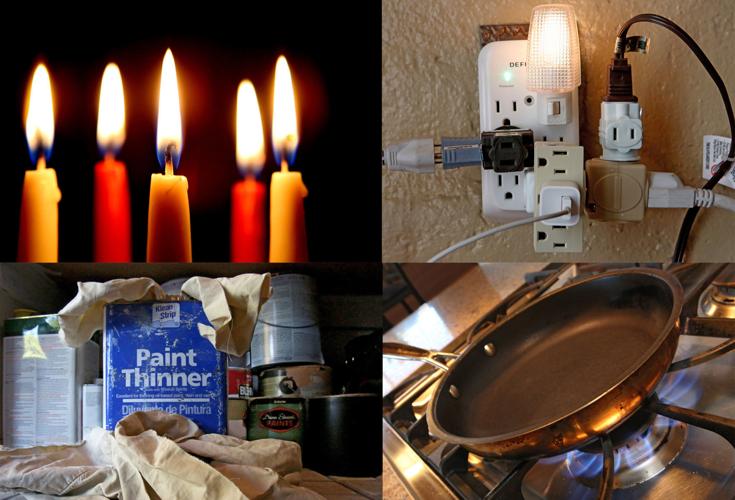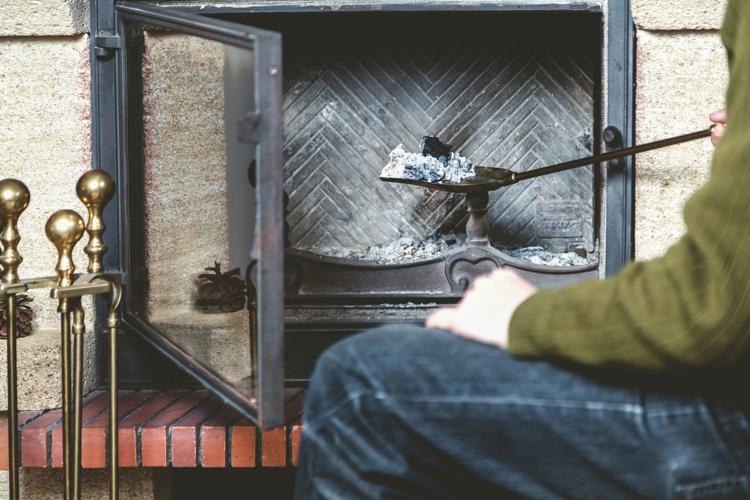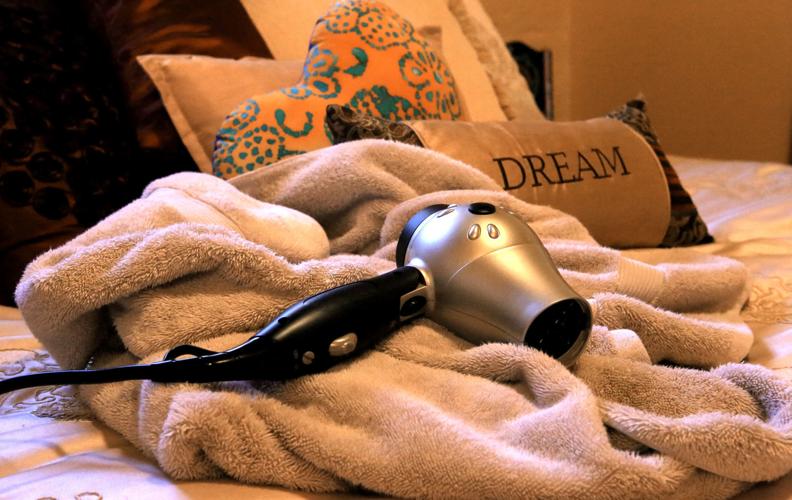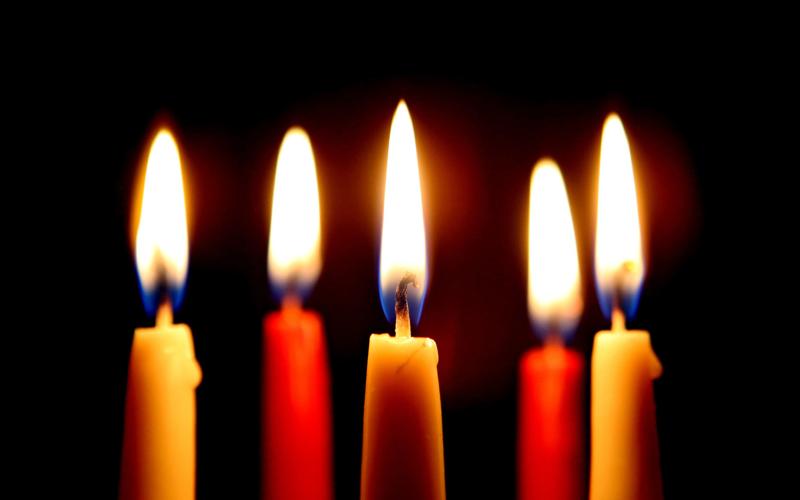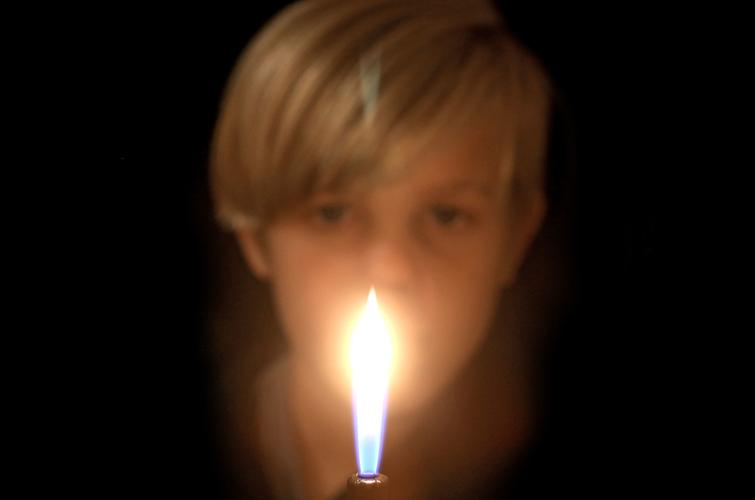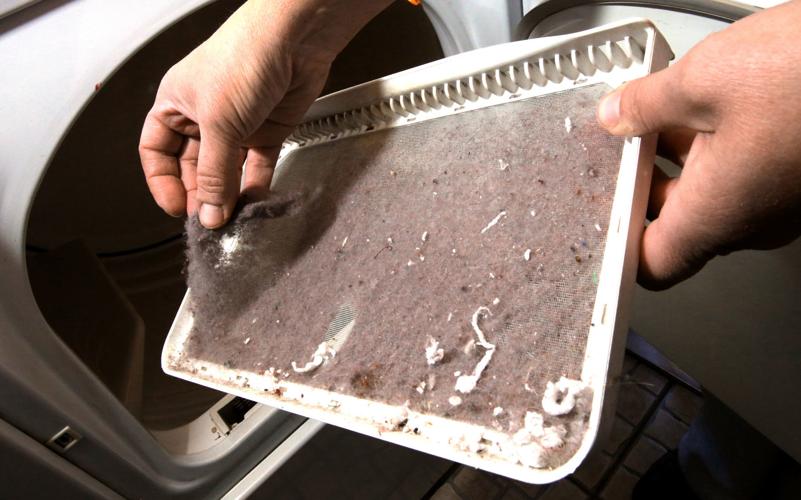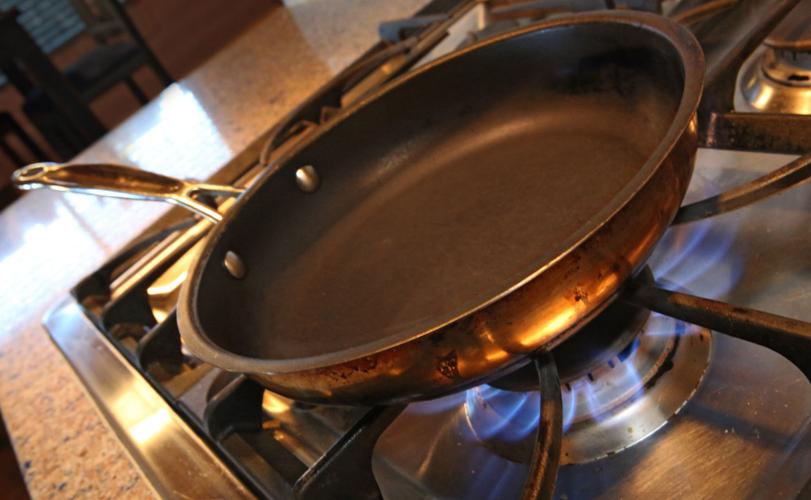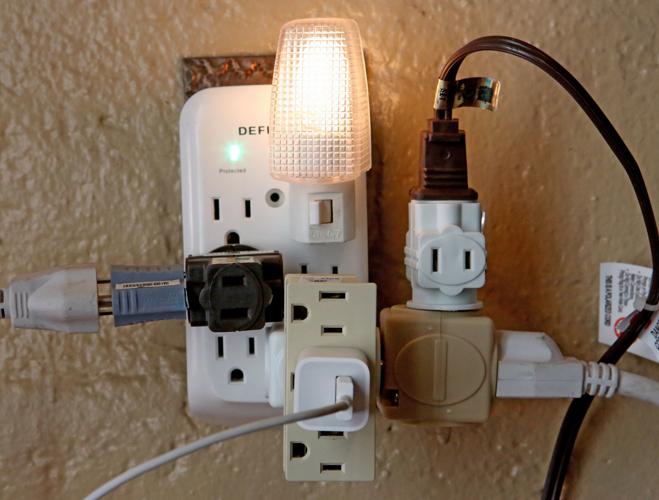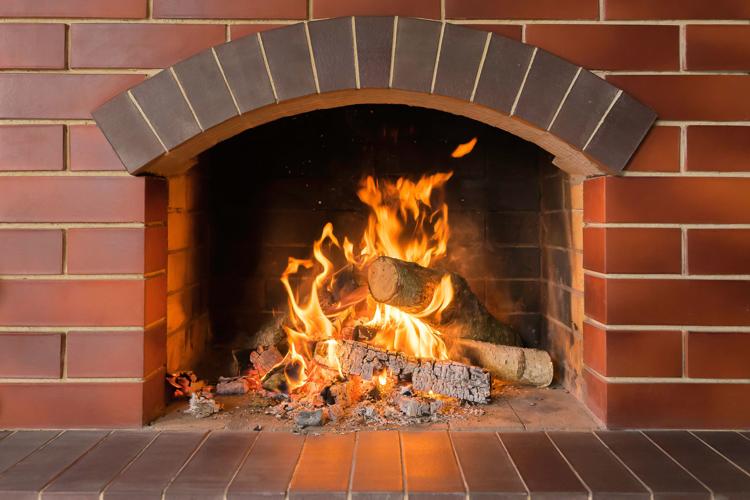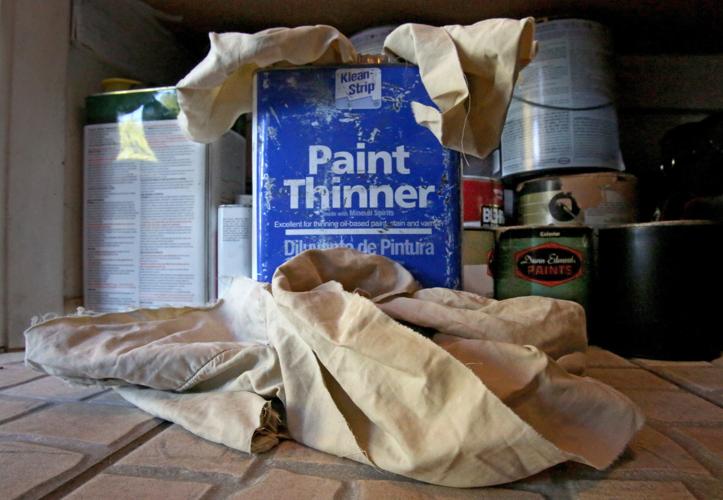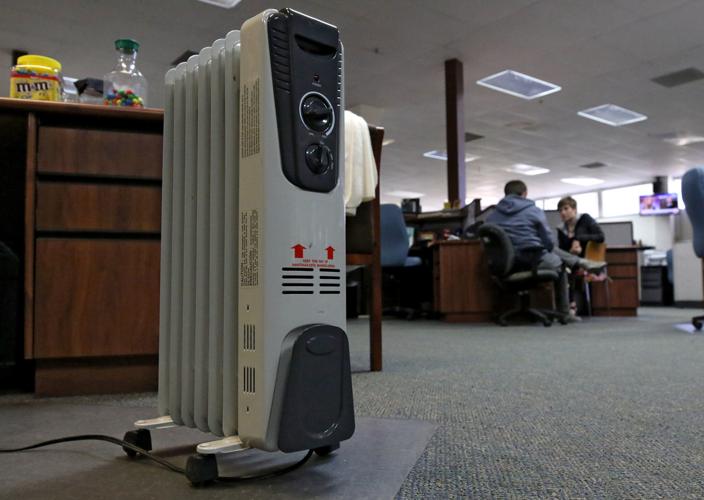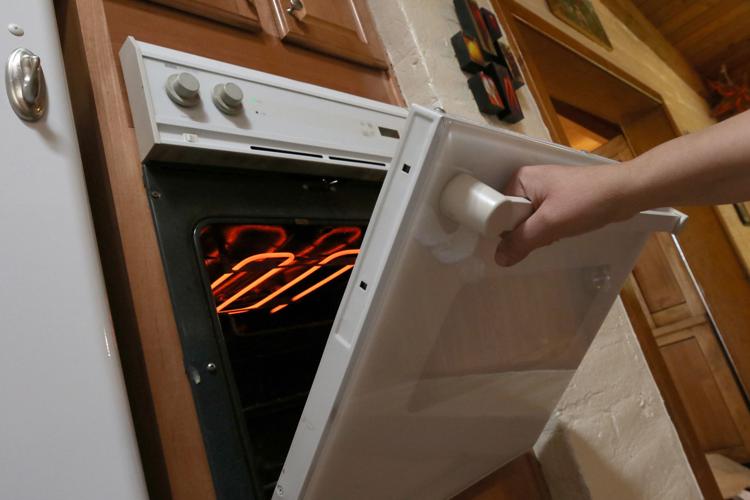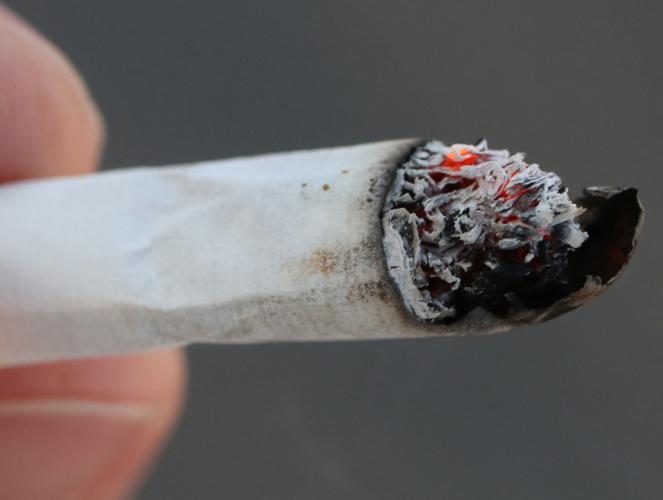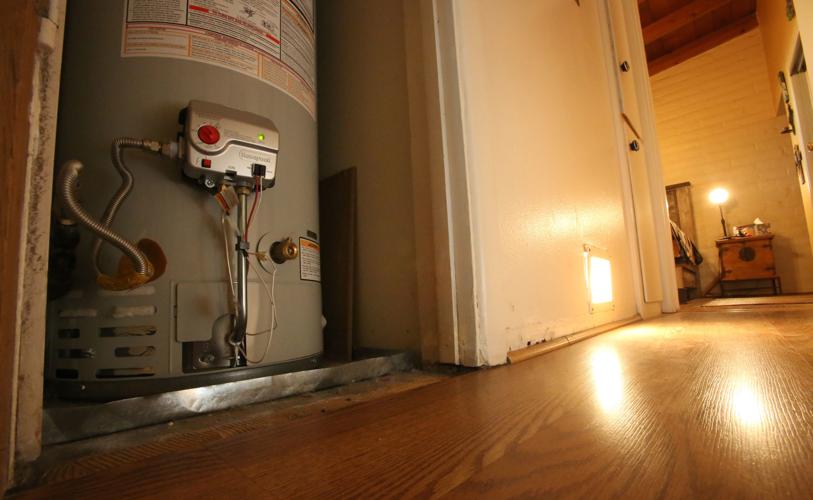Many of the modern conveniences in our homes are meant to make our lives, well, convenient.
That said, clothes dryers, water heaters, candles and even toasters are also some of items that have the potential to burn down our houses or apartments.
Human behavior is also a risk factor. Do you know how hot a cigarette can get? It is the way we use — or rather, misuse — these conveniences that creates a problem.
As part of an informal survey based on years of expertise, fire captains Andy Skaggs, with the Tucson Fire Department; Jay Walka, with Rural Metro; and Brian Keeley, with the Northwest Fire District were asked to list the most common household conveniences (and our behavior) that have the potential to cause a fire hazard in our homes.
Here are 13 factors, a baker’s dozen if you will, which are listed alphabetically.

Ashes from a fireplace or barbecue grill must be allowed to cool in a metal container before being put in residential dumpsters.
Ashes
Ashes from a fireplace or barbecue grill need to be properly disposed of, not shoveled directly into bags and dropped into residential dumpsters, Keeley said.
They should be stored, allowed to cool while kept in a metal container, Skaggs said.
The container doesn’t have to be air-tight, just secure. It should be kept outside and have a 3-foot perimeter until the ashes are cool.
Blow dryer
“Anything that has a heating element to it can potentially be a fire hazard if not used in an appropriate way,” Skaggs said. Like all appliances, they should be used the way they were designed. But, when the human element is added, there have been occasions where they are used in a manner they are not designed for, such as not monitoring an unattended blow dryer while using it to dry damp bed sheets, he said.

Candles can burn at tremendous temperatures. Depending where along the flame you measure, it can range between 1,400 to 2,100 degrees fahrenheit. Modern conveniences, and some old ones, that are in the home, can have the potential to be destructive if a homeowner or resident is not careful in Tucson on Jan. 24, 2018.
Candles
“That tiny little flame that looks harmless has caused more than 9,000 house fires each year,” Walka said.
They are still an open flame, said Skaggs, and a number of variables come into play because of it … a dog can knock it over with a tail or a person could knock it over inadvertently. Worse, an unattended candle can burn itself down and ignite whatever material is surrounding it. In spite of its size, even a tiny flame has to be treated with respect.
They must be extinguished and be kept away from adjacent combustibles, Keeley said.

Some children have a fascination with fire and should be taught to respect it as a tool and not as a toy. Modern conveniences, and some old ones, that are in the home, can have the potential to be destructive if a homeowner or resident is not careful in Tucson on Jan. 24, 2018.
Children
Lighters and matches should be put away and kept out of reach of children, Keeley said.
Teach them fire safety early in their lives and supervise them around all hazards, according to Walka.
“Children are very curious about fire,” Skaggs said. But they may lack of knowledge of its destructive potential.
Fireworks also hold a fascination for children. Whenever together, children and fireworks should be supervised.
This past July, in the two-week period when it is legal to use sparklers, there was a case of children playing with fireworks without adult supervision, Skaggs said.
Their sparklers caught grass on fire in an alley, and the kids panicked and ran. The fire then spread to the grass in a neighbor’s backyard, which then caused a shed to catch fire. The shed had been a storage area for some fuel, which burned hot enough to catch the main house on fire, he said. “It was kind of a perfect storm.”

Lint causes clothes-dryer fires. Traps should be cleaned before every use. The exhaust flue — the blow tube behind the machine — should be cleaned annually.
Clothes dryers
Dryers have a heating element built inside, Skaggs said. Gas dryers will even have an actual flame in the back that is creating the heat, he said. Remain home when operating the dryer and using it should be looked at much the same way as using a fireplace or a space heater.
“You have the potential of a fire every single time.”
All the captains agree that the lint is the reason for dryer fires and it is important to continually keep the traps clean after each load. The exhaust flues, the blow tube behind the machine should be cleaned annually, maybe even more often if it is used quite a bit.
Once, Skaggs took his dryer apart to troubleshoot a problem and was surprised to see how much lint was in various parts of the machine. “It was really eye-opening.”

Cooking fires are dangerous especially if hot oil is involved but leaving a stove or oven unattended is not recommended. Modern conveniences, and some old ones, that are in the home, can have the potential to be destructive if a homeowner or resident is not careful in Tucson on Jan. 24, 2018.
Cooking
In case of a grease fire, don’t use water. Instead, cover the fire with a lid to suppress it, Walka said. Also, keep oven mitts, flammable materials and loose clothing away from hot surfaces, he said.
Again, all the captains agree it is best not to leave a cooking fire unattended, even for a short time.
It’s not uncommon for someone to start cooking a meal, go sit on a couch, forget they even started cooking and fall asleep, Skaggs said. If they are lucky, their alarm will wake them up or a neighbor will come pounding on their door.

Don’t overloading surge protectors or adapters with high amperage draw appliances. Modern conveniences, and some old ones, that are in the home, can have the potential to be destructive if a homeowner or resident is not careful in Tucson on Jan. 24, 2018.
Electrical hazards
“Don’t overload surge protectors, power strips or extension cords with high-amperage-draw appliances,” Keeley said.
Walka agrees, adding, avoid extension cords when possible and don’t put them under rugs or carpeting. Replace worn electrical cords and unplug small appliances when not in use, such as toasters and coffee makers.
A toaster, Skaggs said, is not a particularly common thing to catch on fire, but the risk is there if it malfunctions. When he talks to children in school he says, “It only takes a couple of seconds to unplug it and a couple of seconds to plug it back in.”

Over time, especially in older homes, a “flammable crust” is created by a buildup of fireplace soot.
Fireplaces/Chimneys
In older homes, fireplaces will have a buildup of soot over time. “That soot is flammable and as it builds up it is creating a flammable crust on the inside of the fireplace,” Skaggs said.
The solution is to have the chimney cleaned on a regular basis, Walka said. It is also a good idea to keep flammable materials 3 feet away from active fireplaces.

Rags, soaked with flammable material should be disposed of properly and flammable liquids should be secured in proper containers and stored in metal lockers. Modern conveniences, and some old ones, that are in the home, can have the potential to be destructive if a homeowner or resident is not careful in Tucson on Jan. 24, 2018.
Flammable storage
All flammable liquids must be secured in proper containers and stored in metal lockers in the garage, Walka said. They should also not be stored near anything hot, including lights and heaters.

Plan for a 3-foot perimeter around space heaters, the fire captains say, and remember to turn them off when leaving the area.
Heaters
There should be a distance of three feet around space heaters, said both Keeley and Walka.
Just as important, heating equipment should be turned off when leaving a room and they should also be properly maintained, Walka said.

Ovens are designed to cook food, not heat homes. Local fire captains also say instances of people walking away from cooking fires, forgetting about them, are all too common.
Ovens
The intended purpose of an oven is to prepare meals.
Even if you think it is a good idea, do not use an oven to heat the home.

The burning end of a cigarette exceeds a thousand degrees. Risks are compounded by smoking in bed.
Smoking
The cherry of a cigarette, the red, glowing end, when it is burning at its hottest, is more than 1,000 degrees Fahrenheit, Skaggs said.
Problems occur when there is improper disposal of smoking materials, he said. People may fall asleep in bed with a burning cigarette or even think it is no big deal to flick a butt wherever they see fit.
Cigarettes need to be properly disposed of and extinguished, Keeley said.
Walka recommends smoking outside and using a wide ashtray to properly douse the cigarette.

A water heater in a closet shouldn’t share space with other stored goods.
Water heaters
Having a protective space, clean of any combustible items around a water heater is important, Keeley said.
A lot of water heaters are gas, and if so, there is an open flame, Skaggs said. The problem arises when people use the area around a water heater, like a closet, for storage.
“The water heater closet is for the water heater, and the water heater only,” Skaggs said.
If you do use it for storage the risk of fire increases, then, “It’s probably a matter of when, not a matter of if.”


